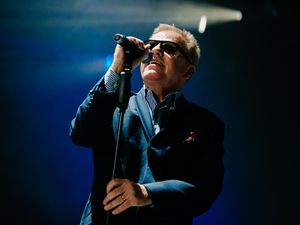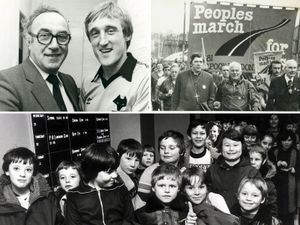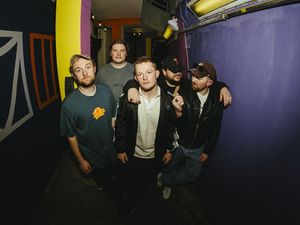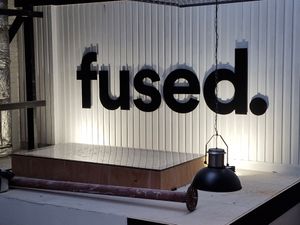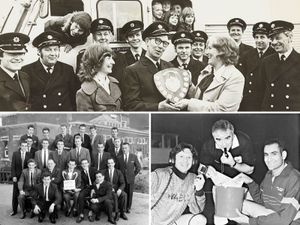Anne Frank's best friend recalls final chats together at Nazi concentration camp
The children are younger than she expected.
In Israel and across Europe, Hannah Pick-Goslar is used to talking about the Holocaust to secondary-school pupils. And yet these nine- and ten-year-olds at a Black Country school listen attentively. Hands shoot up. There are some old questions, some new and unexpected ones. Like, what was Anne Frank’s favourite animal?
“You know, I don’t remember so much,” she chuckles in a rich Israeli accent. “If I’d known I was going to be asked so many questions, I would have asked Anne better.”
But then who could have guessed that the childhood chatter and playground games of two little girls in Holland would one day become of global interest?
Anne Frank was the little Dutch girl who hid with her Jewish family in Amsterdam during the Nazi occupation. They lived in a cramped, secret apartment from 1942-44 and Anne kept a daily diary. Discovered by the Nazis, the Frank family was shipped off to Nazi concentration camps. Her father was the only member of the family to survive.
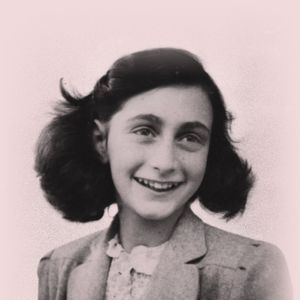
Anne died of typhus in Belsen, aged 15, shortly before the war ended. In 1947 her father published The Diary of Anne Frank. It became a worldwide best seller, chronicling the hopes and dreams of the innocent generations wiped out in the name of the Master Race. By a miracle, Anne and her childhood friend, neighbour and classmate Hannah ended up in the same sector of Belsen, separated only by barbed wire.
“There was a barrier of, now what do you call them?” The old lady with a lined, sunburned face and shock of black hair struggles for the English words as we chat in the head teacher’s study at Bramford primary school, Woodsetton.
“Reeds,” she says triumphantly at last. “Like from a marsh. I could not see her through the reeds. We could only hear each other.”
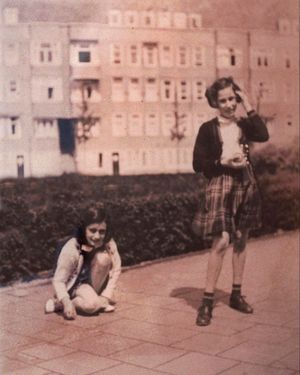
Sixty years on, the image of two stick-thin teenagers sobbing in the freezing night, separated from their parents, terrified of the gas chambers and riddled with disease, is too terrible to imagine. Can these English kids comprehend the nightmare of the Holocaust? Hannah has tailored her story for little ones.
“Oh, they know all about hiding, so I tell them how Anne had to hide.” Obviously, I don’t tell them about the gas chambers.”
Israelis are famously blunt. She speaks her mind. Over here in England, she says, plenty of grandparents still hate the Germans. The kids can relate to that. In a recent talk in East Germany, she came up against another race-memory. Those children had been briefed by their teacher the day before to be on their best behaviour.
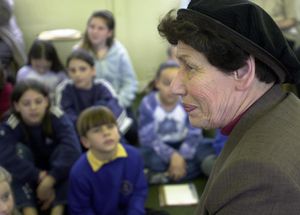
“But this one little girl said her grandmother had told her another story, about how grandfather had been without work and then Hitler came to power and suddenly he had work again.”
The German teacher was horrified and apologetic but the truth was out. In some German homes, they still believe that Hitler was a hero and that ordinary Germans knew nothing about the systematic deportation and murder of six million European Jews.
On their few stolen nights in Belsen, Hannah whispered encouragement to Anne and even managed to bundle some scraps of food together and lob them over the wire. Had they been spotted, the children would have been shot instantly. The first food was snatched away from Anne by a starving woman. The second parcel, a few days later sailed over.
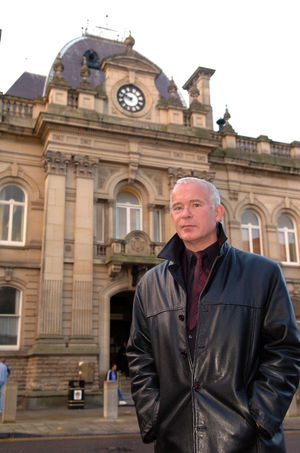
“I got it!” gasped Anne Frank. The pair agreed to meet again soon. “Until then!” exclaimed Anne.
Those were the last words Hannah ever heard spoken by her friend. Days later Hannah was shipped to another camp. Anne and her sister Margot perished before British troops reached Belsen. All these years later, Hannah Pick-Goslar is the matriarch of a big, close family in Jerusalem. Her survival, her inclusion in The Diary of Anne Frank and the memories she passes on, are a part of the Holocaust-memorial phenomenon which has grown quickly over the past decade.
She cannot explain the sudden interest in Hitler’s Final Solution. But she does not share the views of some pessimists that such a thing could happen again. Sure, there has been genocide in Africa, she says but nothing like the Holocaust.
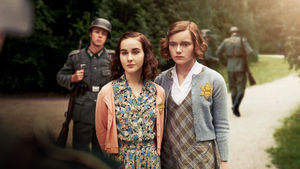
“Not with gas chambers, not with six million. The Holocaust was all so, what is the correct word? “Organised,” I suggest.
“Yes, that’s it. It was so orderly, so organised, done with such efficiency. Only the Germans could do that. There is not another people like that.”
When the Nazis first invaded Holland in 1940, she recalls, life at first went on as normal. Then one day Anne Frank and Hannah went to their favourite park bench. It had a new sign: Forbidden to Jews. That was how it started.
“It is a good thing to talk about it,” says the VIP as well-fed children laugh in a corridor rich with the warm, comfortable smell of school dinners. “When you know how it starts, you know how to stop it from happening again. And it cannot happen again, so long as we are strong.”

